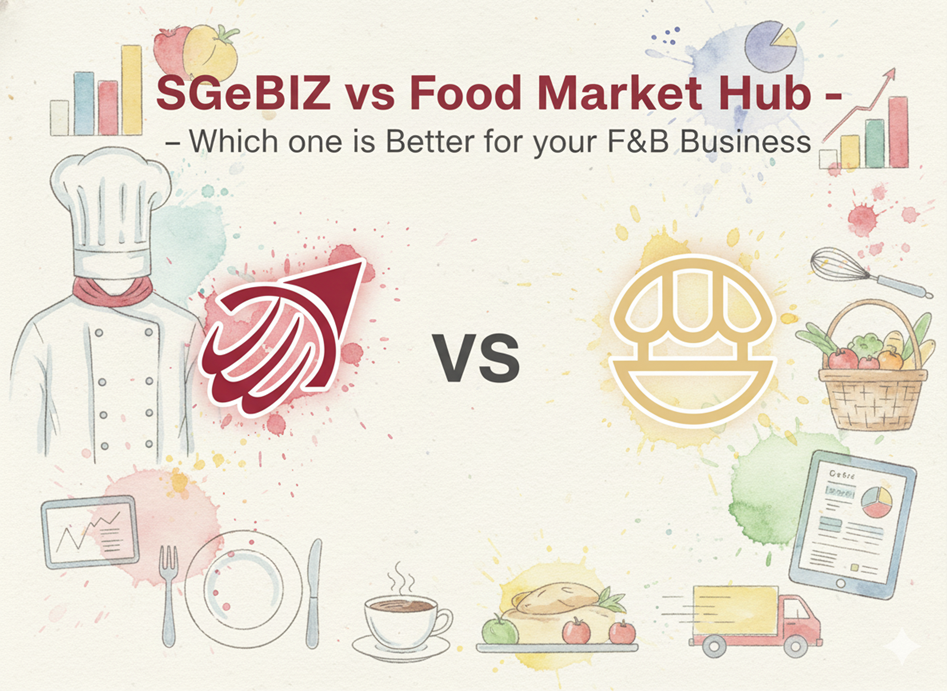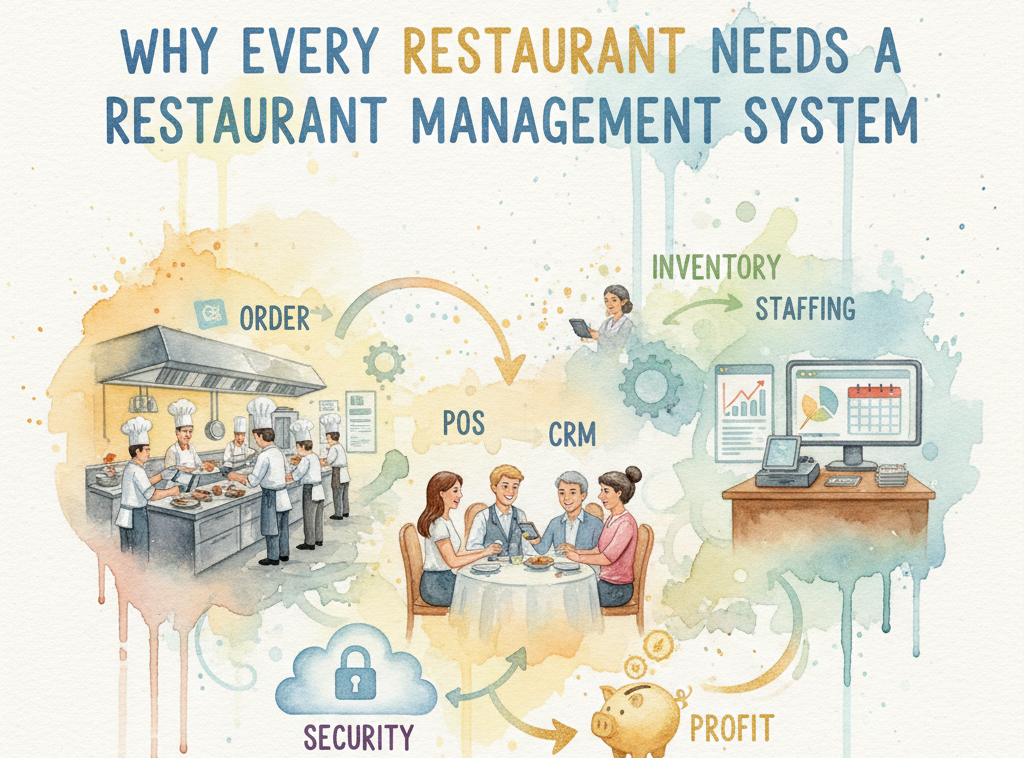How Can Food Cost Control Increase Your Restaurant's Profit Margin?

Food wastage hampers the success of a restaurant. However, if restaurants practice food costing and control, they can generate a healthy profit margin. Food costing and control refers to the continual process of lowering food production costs, which boosts profitability.
However, in today’s day and age, when multiple supply channels and product catalogues become an absolute necessity for a restaurant business to stay afloat, manual tracking and admin work become drudgery. Thus, human errors are bound to prop up, culminating in both food and time wastage.
But, there is light at the end of the tunnel, as there are novel technologies that can help optimise operations for restaurants. In the 21st century, when people are planning to colonise Mars and devise age-reversing technology, it is high time that tools that solve the practical problems of the common population become ubiquitous. Well, if you want to know how investing in the right technological infrastructure can transform your restaurant business, and ensure effective cost control in food production, then read ahead.
Tips to Increase Profit Margin
1. Negotiate the price with suppliers
The restaurant managers must monitor what they frequently order or what they buy in large quantities and request discounts on those items. Alternatively, they may avoid paying intermediaries and distributors' commissions by purchasing directly from farmers or producers. Plus, restaurant owners can significantly reduce their freight expenditures and food costs by buying local produces, which increases the restaurant's profit margin.
But, what if we told you that you can access a tool that helps manage suppliers and costs with the tap of a button? A technological innovation that helps you order from your suppliers and compile the products in one catalogue reduces admin work and helps to monitor your stock more efficiently.
2. Maximise the inventory
Maximising inventory and menu planning can be the ultimate solution for reducing costs. Moreover, the restaurant owner should have dedicated staff members who can track the inventory and any inconsistencies. One should always use surplus ingredients wherever and whenever possible in the business to minimise food waste and increase cost control for restaurants.
However, every restaurant operator is well aware of the fact that a maximised inventory always comes with the possibility of food wastage and order inaccuracy. With too many resources, the possibility of human errors also increases. But, by investing in the right technology, order accuracy becomes a cakewalk. A tool equipped with Outlet Order Control and Order Approval Settings can help configure the magnitude and bandwidth of the order placements, and ensure that your business can put the best foot forward. More accurate order placement equals lesser food wastage, higher profits, more wages to employees, and thus a higher staff retention rate, thereby providing an optimum entrepreneurial experience.
3. Good purchasing practices
Choosing the right suppliers to source materials positively impact the profitability of restaurants. Balance supply costs and quality to ensure optimum purchasing. Additionally, choose a reliable supplier and ensure a stock replacement procedure so that the supplier knows when to replenish the stocks for cost control in food production.
4. Use a reliable POS system
Many restaurant owners nowadays make purchases for the POS system, which is made for retailers, rather than purchasing for the one made for restaurants. It is a huge mistake and will have several overlapping features that are not operational for the restaurants.
Moreover, these are going to make things even more complicated. A reliable POS system can help cut down costs. Restaurant owners can make remote changes and receive real-time reporting and insights about sales and costs.

5. Prevent food wastage
Make an effort to reduce food wastage. Monitor the portion sizes and instruct the staff to utilise measurement utensils to ensure uniform portions. Practice recycling any leftovers and food scraps as well. This will help the restaurant minimise food wastage.
6. Donate leftovers for a tax deduction
Did you realise that giving away your leftover food qualifies for a tax deduction? By contributing as much as you can to shelters and food drives, you can reduce the costs associated with food waste. Donating food to help individuals in need also establishes a good reputation for the restaurant.
7. Ensure Adequate Supplier Management with a Reliable Procurement System
Last but not least, a dependable procurement system ensures that you maintain the optimum inventory level without overspending or food wastage. Surprisingly or unsurprisingly, procurement mistakes are one of the major reasons why restaurant operators struggle to get their food costs under control. But, by taking the assistance of the right technology, it becomes a possibility to streamline business operations, reduce costly human errors, and save several hours of manual work. In addition, as supplier chain management and procurement are intrinsically related, having an all-encompassing tool that can manage both things simultaneously pays off handsomely.
How Can Food Market Hub Help You Reduce Your Cost?

Food Market Hub is a procurement and inventory management software designed for restaurants, by restaurateurs. We havew helped several F&B businesses lower their food costs by 12% by giving them complete control over the price of the ingredients, waste management, and eliminating hidden costs. Restaurants can use Food Market Hub to:
- Communicate with Suppliers: Through a single app, restaurants can coordinate orders, schedule deliveries, and manage refunds with their suppliers.
- Track Activities and Manage Stock: Keep track of orders and stock levels, and use purchase history logs to spot cost increases. Based on sales and other indicators, avoid placing excessive orders and reduce waste.
- Get Real-time Analytics: Obtain complete insight into financial activity reporting. Instantly review cost-of-goods-sold (COGS) and daily profits.
Conclusion
Food cost control is important to get the most out of your restaurant, which will help increase your restaurant's profit margin. The key to success is hiring a reliable food cost control system that will monitor inventory and orders, manages communication and orders with suppliers, and provides real-time analytics and insights into the business.
Food cost cutting will change how you do the restaurant business and can be done with the help of the Food Market Hub. Food Market Hub has helped many F&B businesses lower their food costs by up to 12%, which will make a huge revolution in the business.










